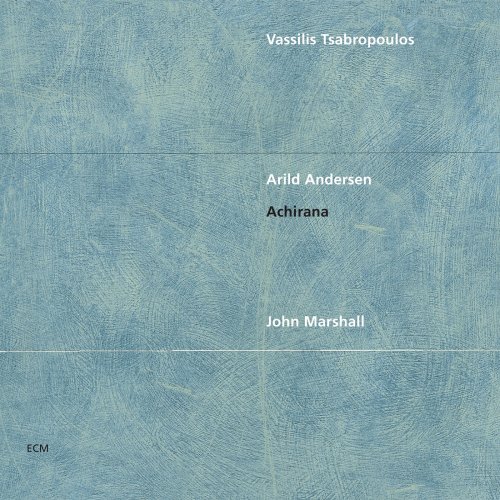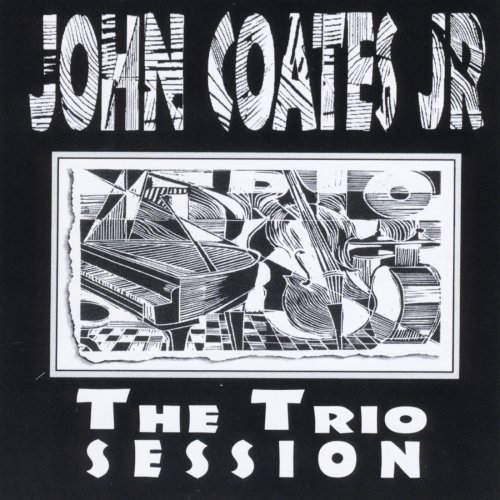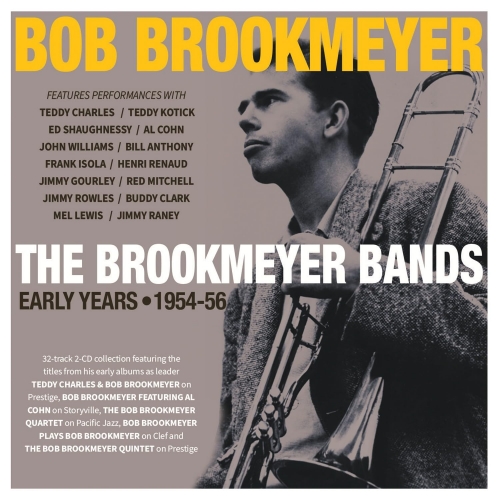Arild Andersen, Vassilis Tsabropoulos, John Marshall - Achirana (2000)

Artist: Arild Andersen, Vassilis Tsabropoulos, John Marshall
Title: Achirana
Year Of Release: 2000
Label: ECM
Genre: Contemporary Jazz
Quality: FLAC (tracks) / MP3 320 Kbps
Total Time: 01:09:31
Total Size: 395 Mb / 182 Mb
WebSite: Album Preview
Tracklist: Title: Achirana
Year Of Release: 2000
Label: ECM
Genre: Contemporary Jazz
Quality: FLAC (tracks) / MP3 320 Kbps
Total Time: 01:09:31
Total Size: 395 Mb / 182 Mb
WebSite: Album Preview
1. Achirana 8:06
2. Diamond Cut Diamond 7:23
3. Valley 5:39
4. Mystic 7:18
5. The Spell 10:36
6. She's Gone 5:46
7. Fable 8:18
8. Song For Phyllis 7:50
9. Monologue 8:23
Performers:
Vassilis Tsabropoulos, piano
Arild Andersen, double-bass
John Marshall, drums
Achirana introduces a special trio formed by bassist Arild Andersen with pianist Vassilis Tsabropoulos and drummer John Marshall. Although the prodigious Tsabropoulos anchors equal footing in classical performance and composition, his improvising, notes Andersen, has full independence. Its rounded panache and ability to graft on to its surroundings while also maintaining an inherent melodic drive make this, his ECM debut, a thoughtful entry. That said, by the end he leaves us with a little too much to process. More on this below.
Tsabropoulos’s melodic gifts are immediately apparent in the whispered clusters with which he begins the title opener. A wistful thought, a tangle of hair about the nape, a ribbon loosed and windblown: such are the tiny pictures created by these gestures. Andersen’s playing is poignant and builds to density with such tact, magisterial yet as compressed as a teardrop, that the facets of “Diamond Cut Diamond” glitter with that much greater beauty. In this dance of thread and needle, Andersen resonates with mercurial depth-soundings. His heavy quavers are like giant arrows in the darkness, each shafted by a fallen tree and feathered by itinerant dreams, leaving their spores behind to sprout, fly, and strike their targets truly. Yet these are not weapons but instruments of writing, flowing down into “Valley” with their watery dreams fully intact. Such tracks as this clarify the album’s key element: namely, its ability to make the ineffable audible. Andersen’s poised soloing says it all, as does his pliant re-imagining of the Norwegian folk song “She’s Gone.”
The album’s remainder consists of Tsabropoulos originals, of which the breadth of “The Spell” and the upswing of “Fable” stand out for their pathos. He allows the music to breathe with such deference to the act of bringing it to life that he feels more like a ghost as the set progresses. By the final two tracks (“Song for Phyllis” and “Monologue”) he feels like an untraceable border in a Rothko canvas: nothing seems to separate his playing from his surroundings. It’s not that a jazz musician needs to stand on his head. Nevertheless, one wants to feel something embraceable, and sometimes Tsabropoulos plays a little too smokily. Compared to, say, John Taylor’s work with Peter Erskine and Palle Danielsson (as documented on Time Being, As It Is, and JUNI), the surface of Achirana is rather uniform. This is not necessarily a drawback, but it may help you decide whether or not Achirana is for you. Either way, it’s a unique swath of pianism and the formative mark of a musician who has since grown into his skin as an improviser. In this respect, the trio’s follow-up, The Triangle, is where it’s at, to say nothing of Tsabropoulos’s marvelous solo effort, Akroasis.
Barring the fact that Tsabropoulos’s name heads the roster, this is an Andersen record through and through. In addition to his creative playing, the bassist’s creative listening is patently obvious throughout, whereas Tsabropoulos tends to fill space wherever he can find it. The difference in approach is staggering and proves that jazz is more about what you don’t play. And let us not forget Marshall’s luminescent contributions, which open the listener further to that unnamable, tuneful inkwell into which masters of the art all dip their quills. In this respect, Edward Bulwer-Lytton only got it half right when he said that the pen is mightier than the sword, for what the pen leaves behind is mightier than both, as is the page, without which those markings might never reach us.
Tsabropoulos’s melodic gifts are immediately apparent in the whispered clusters with which he begins the title opener. A wistful thought, a tangle of hair about the nape, a ribbon loosed and windblown: such are the tiny pictures created by these gestures. Andersen’s playing is poignant and builds to density with such tact, magisterial yet as compressed as a teardrop, that the facets of “Diamond Cut Diamond” glitter with that much greater beauty. In this dance of thread and needle, Andersen resonates with mercurial depth-soundings. His heavy quavers are like giant arrows in the darkness, each shafted by a fallen tree and feathered by itinerant dreams, leaving their spores behind to sprout, fly, and strike their targets truly. Yet these are not weapons but instruments of writing, flowing down into “Valley” with their watery dreams fully intact. Such tracks as this clarify the album’s key element: namely, its ability to make the ineffable audible. Andersen’s poised soloing says it all, as does his pliant re-imagining of the Norwegian folk song “She’s Gone.”
The album’s remainder consists of Tsabropoulos originals, of which the breadth of “The Spell” and the upswing of “Fable” stand out for their pathos. He allows the music to breathe with such deference to the act of bringing it to life that he feels more like a ghost as the set progresses. By the final two tracks (“Song for Phyllis” and “Monologue”) he feels like an untraceable border in a Rothko canvas: nothing seems to separate his playing from his surroundings. It’s not that a jazz musician needs to stand on his head. Nevertheless, one wants to feel something embraceable, and sometimes Tsabropoulos plays a little too smokily. Compared to, say, John Taylor’s work with Peter Erskine and Palle Danielsson (as documented on Time Being, As It Is, and JUNI), the surface of Achirana is rather uniform. This is not necessarily a drawback, but it may help you decide whether or not Achirana is for you. Either way, it’s a unique swath of pianism and the formative mark of a musician who has since grown into his skin as an improviser. In this respect, the trio’s follow-up, The Triangle, is where it’s at, to say nothing of Tsabropoulos’s marvelous solo effort, Akroasis.
Barring the fact that Tsabropoulos’s name heads the roster, this is an Andersen record through and through. In addition to his creative playing, the bassist’s creative listening is patently obvious throughout, whereas Tsabropoulos tends to fill space wherever he can find it. The difference in approach is staggering and proves that jazz is more about what you don’t play. And let us not forget Marshall’s luminescent contributions, which open the listener further to that unnamable, tuneful inkwell into which masters of the art all dip their quills. In this respect, Edward Bulwer-Lytton only got it half right when he said that the pen is mightier than the sword, for what the pen leaves behind is mightier than both, as is the page, without which those markings might never reach us.





![Cosmic Swing Orchestra - JUL (2025) [Hi-Res] Cosmic Swing Orchestra - JUL (2025) [Hi-Res]](https://www.dibpic.com/uploads/posts/2025-12/1765510492_cover.jpg)


![Stefan Lovin - Heaven Shines Like Silver (2025) [Hi-Res] Stefan Lovin - Heaven Shines Like Silver (2025) [Hi-Res]](https://img.israbox.com/img/2025-12/12/iof4nx75kf3sa1i0vq1k07kqg.jpg)